
Small Boats Annual 2016August 2015
Made in Vermont
The journey of a dory from logging to launching

Small Boats Annual 2016August 2015
The journey of a dory from logging to launching
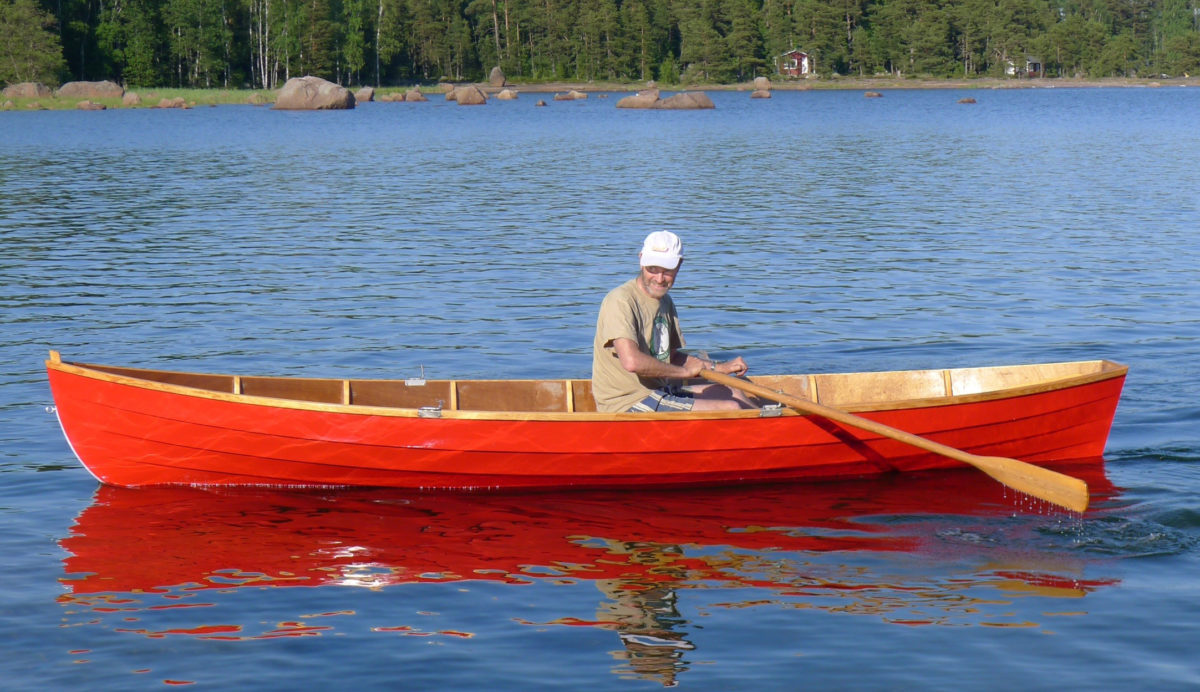
Small Boats Annual 2016August 2015
A craft for many purposes
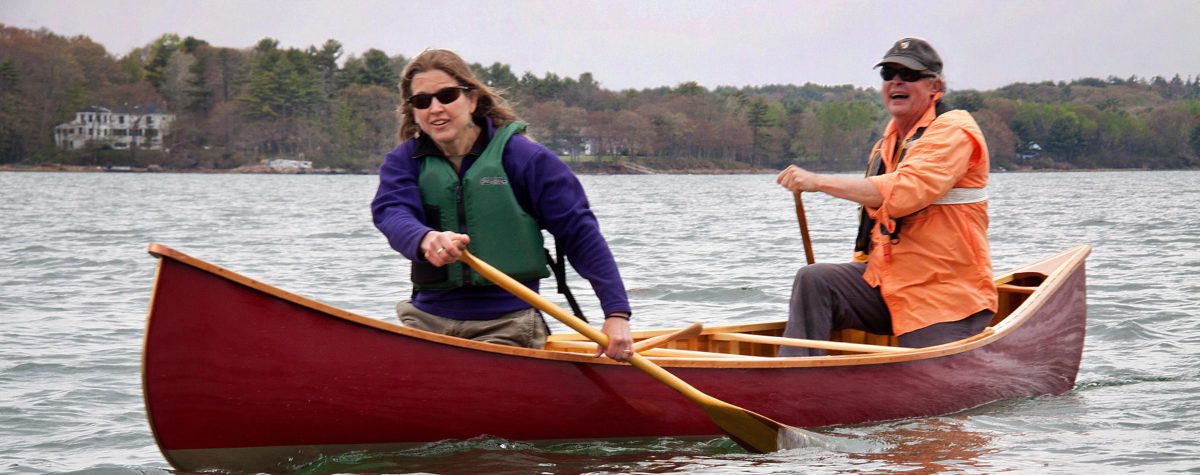
Small Boats Annual 2016August 2015
A classic design from the 19th century

July 2015
A Karl Stambaugh Redwing 18
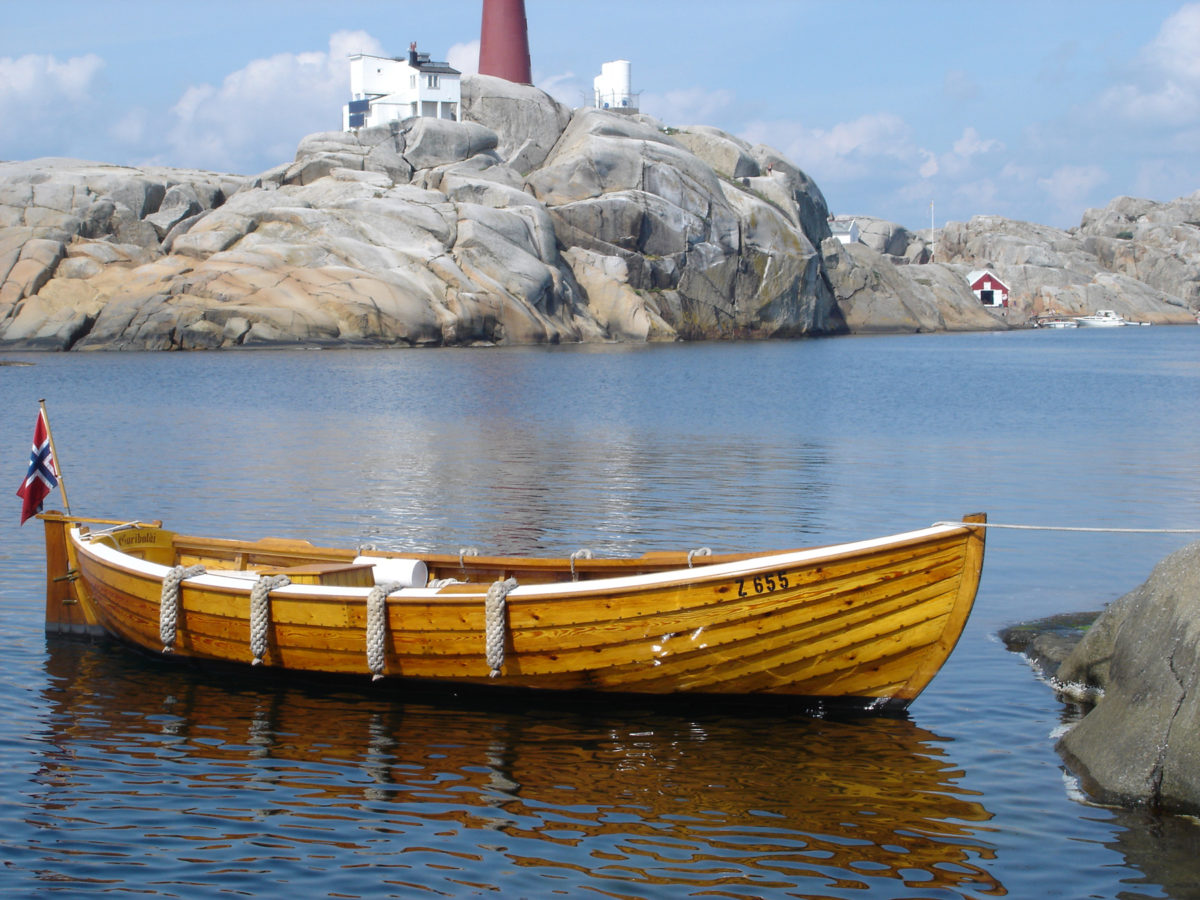
July 2015
A Norwegian Tradition
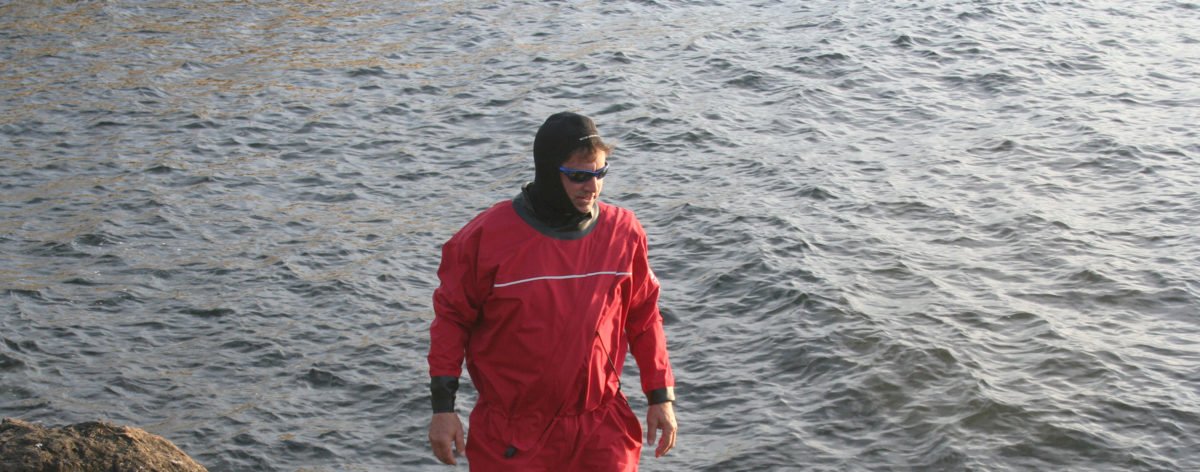
July 2015
Affordable cold-water protection from Mythic Gear

July 2015
A wood stove that's compact, efficient, and versatile
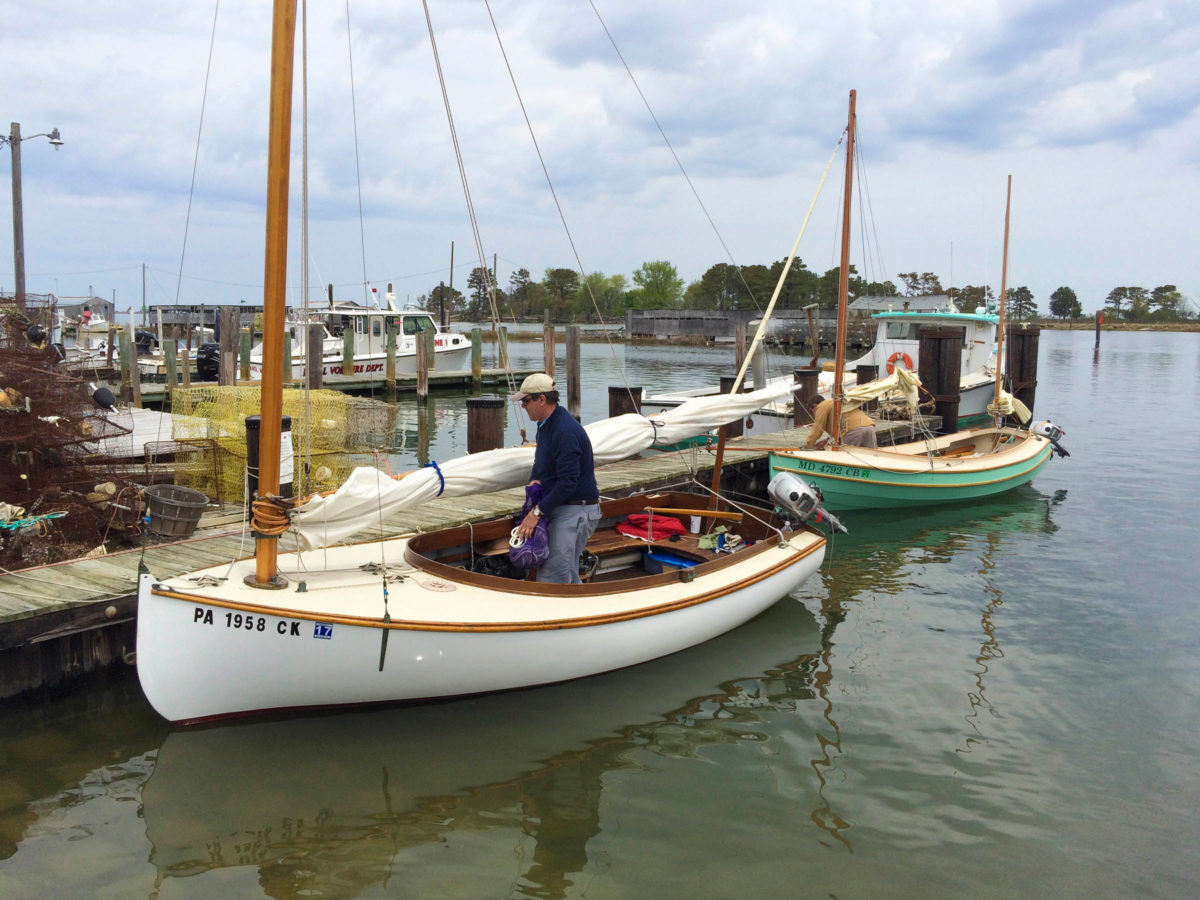
July 2015
Chesapeake Bay's Smith Island
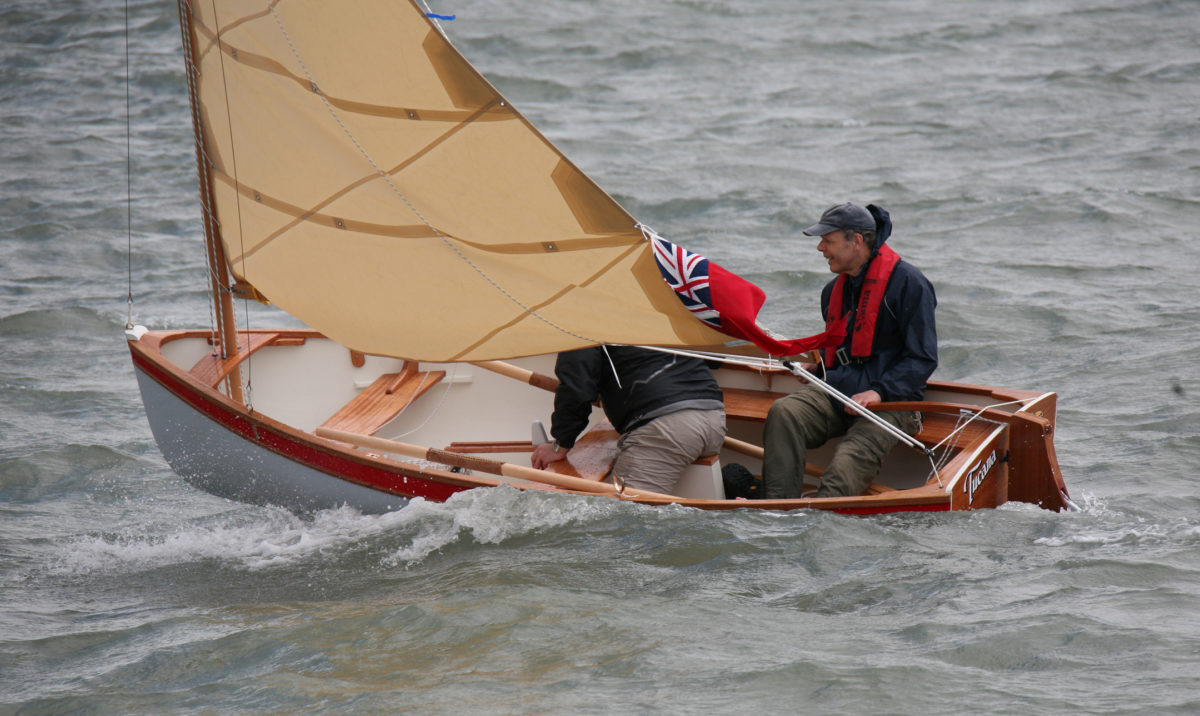
Small Boats Annual 2016July 2015
A voyage from fantasy to reality
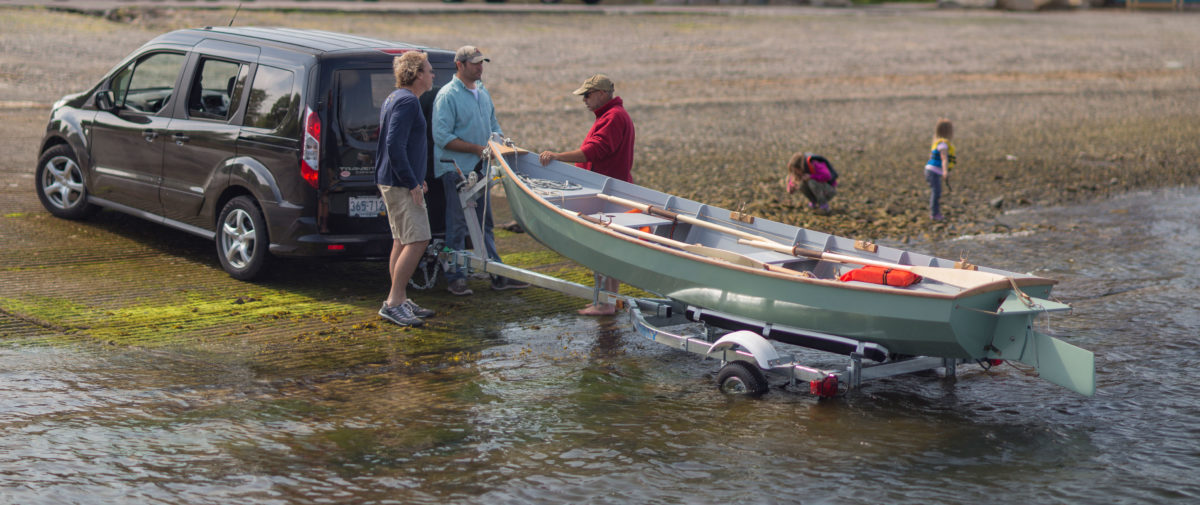
Small Boats Annual 2016July 2015
A new kit boat from Bristol, Rhode Island

June 2015
At home away from home
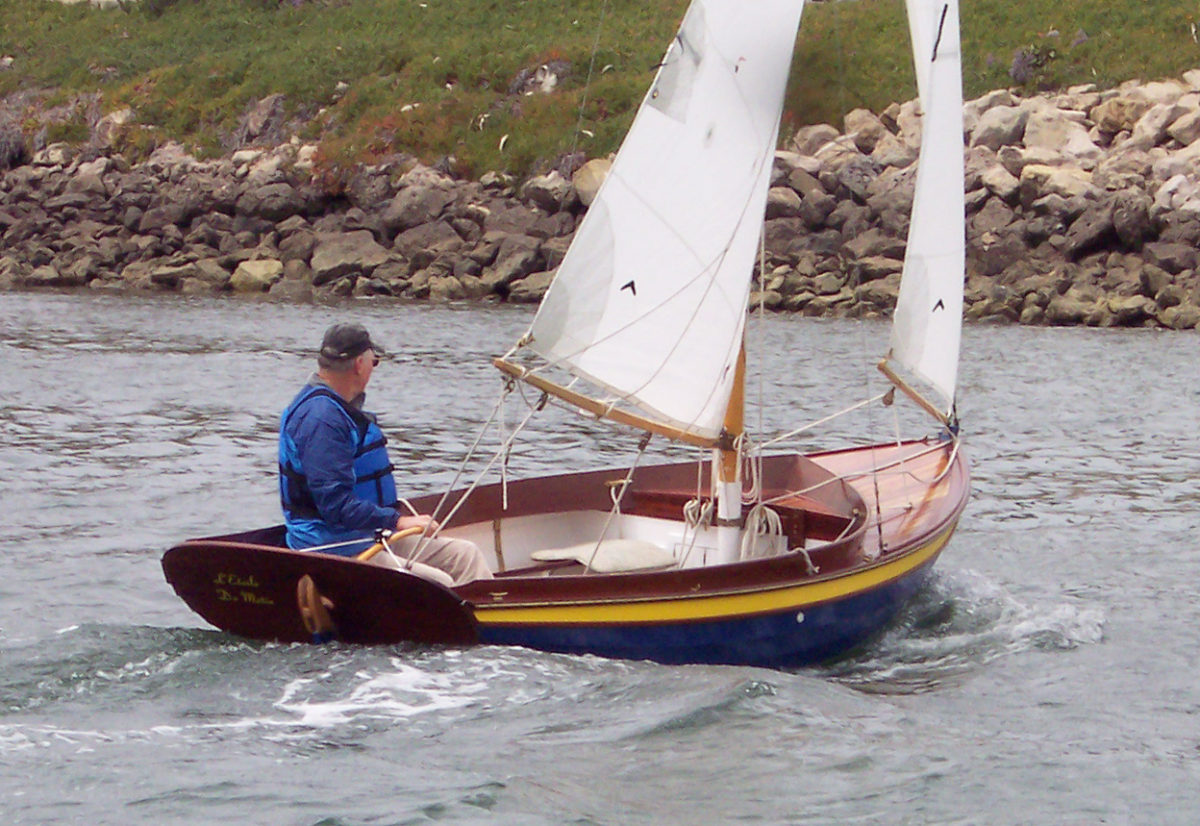
Small Boats Annual 2016June 2015
An amateur-friendly update of a Herreshoff classic
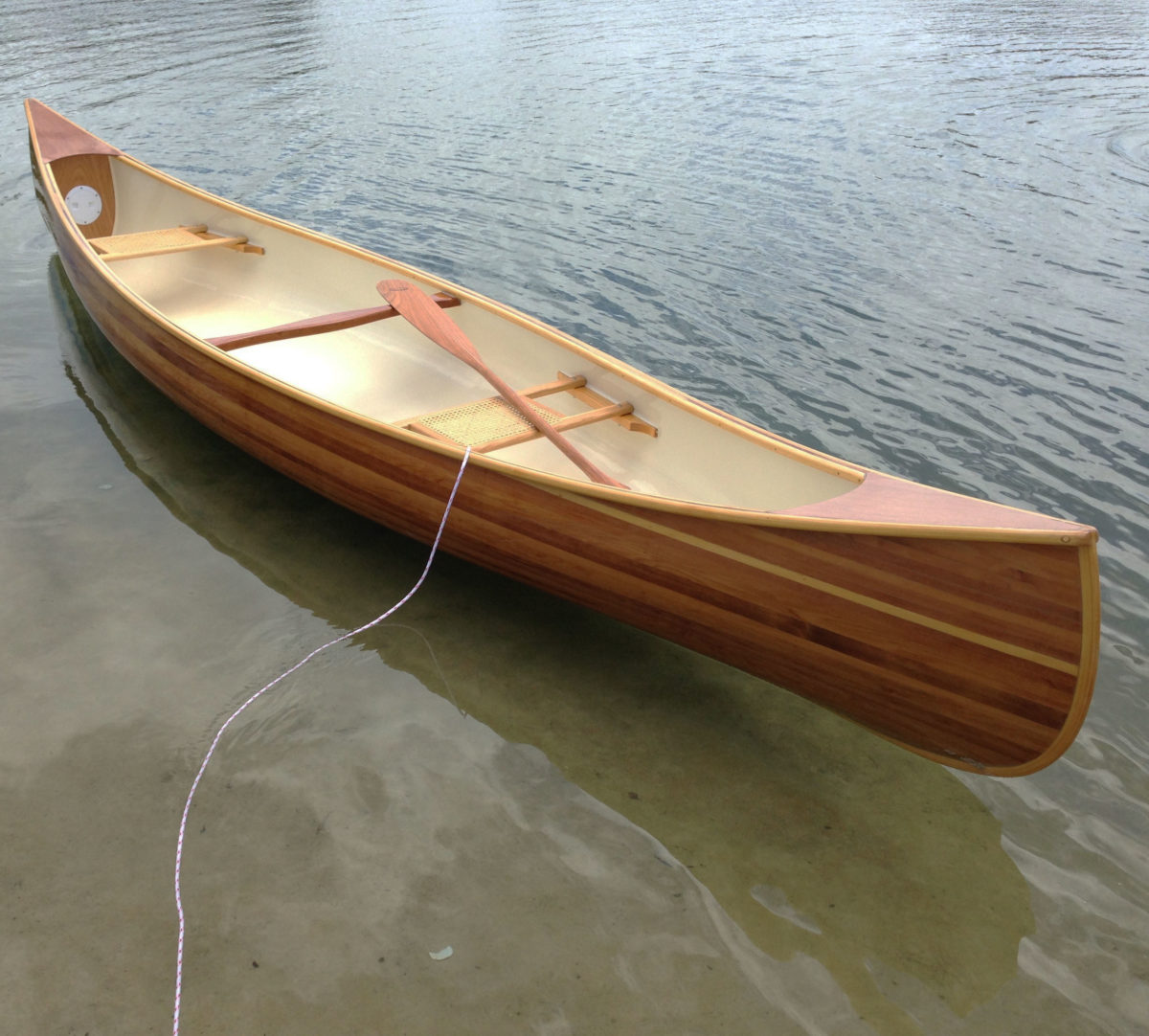
June 2015
A classic Canadian frontier canoe
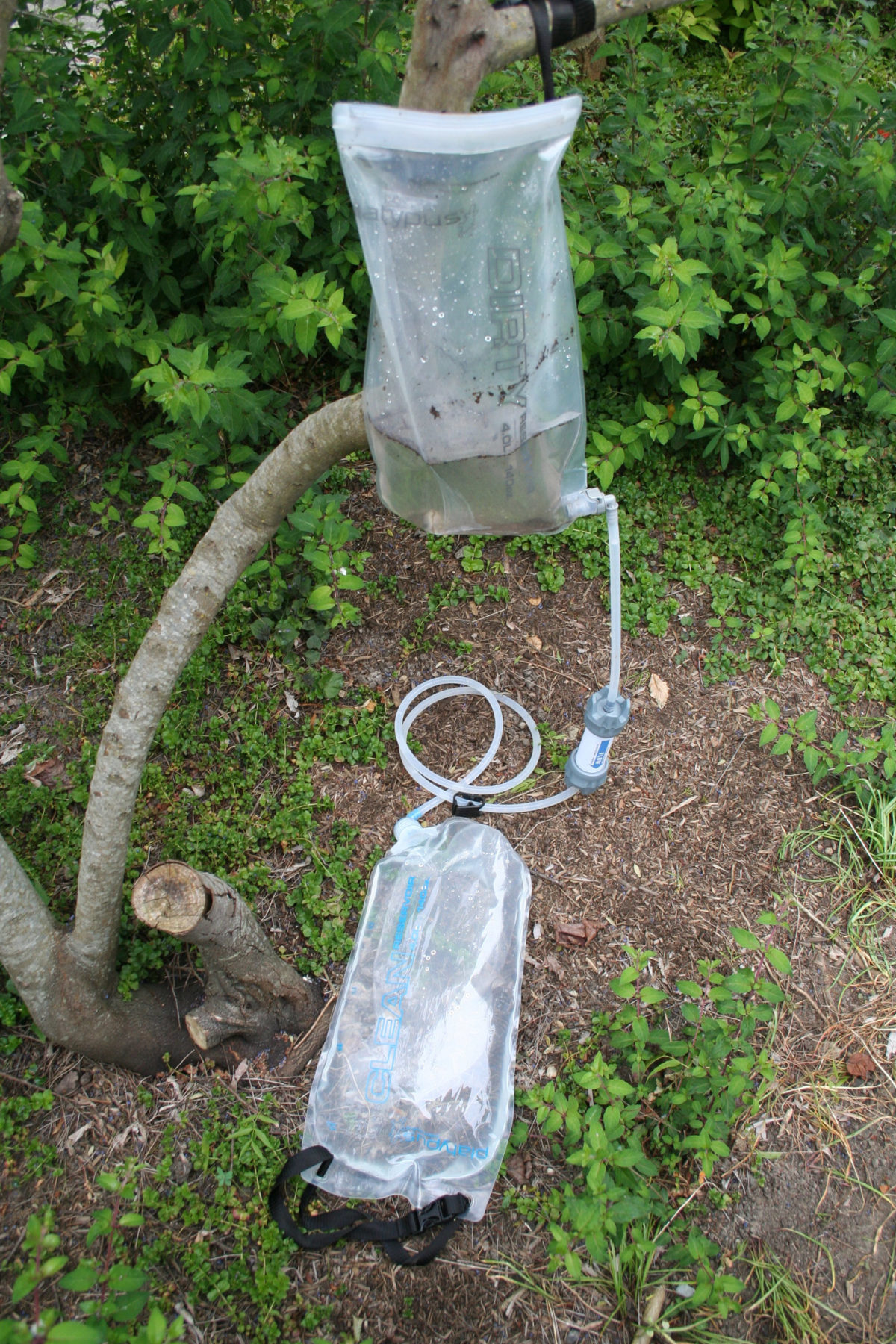
June 2015
Debugging in the backcountry
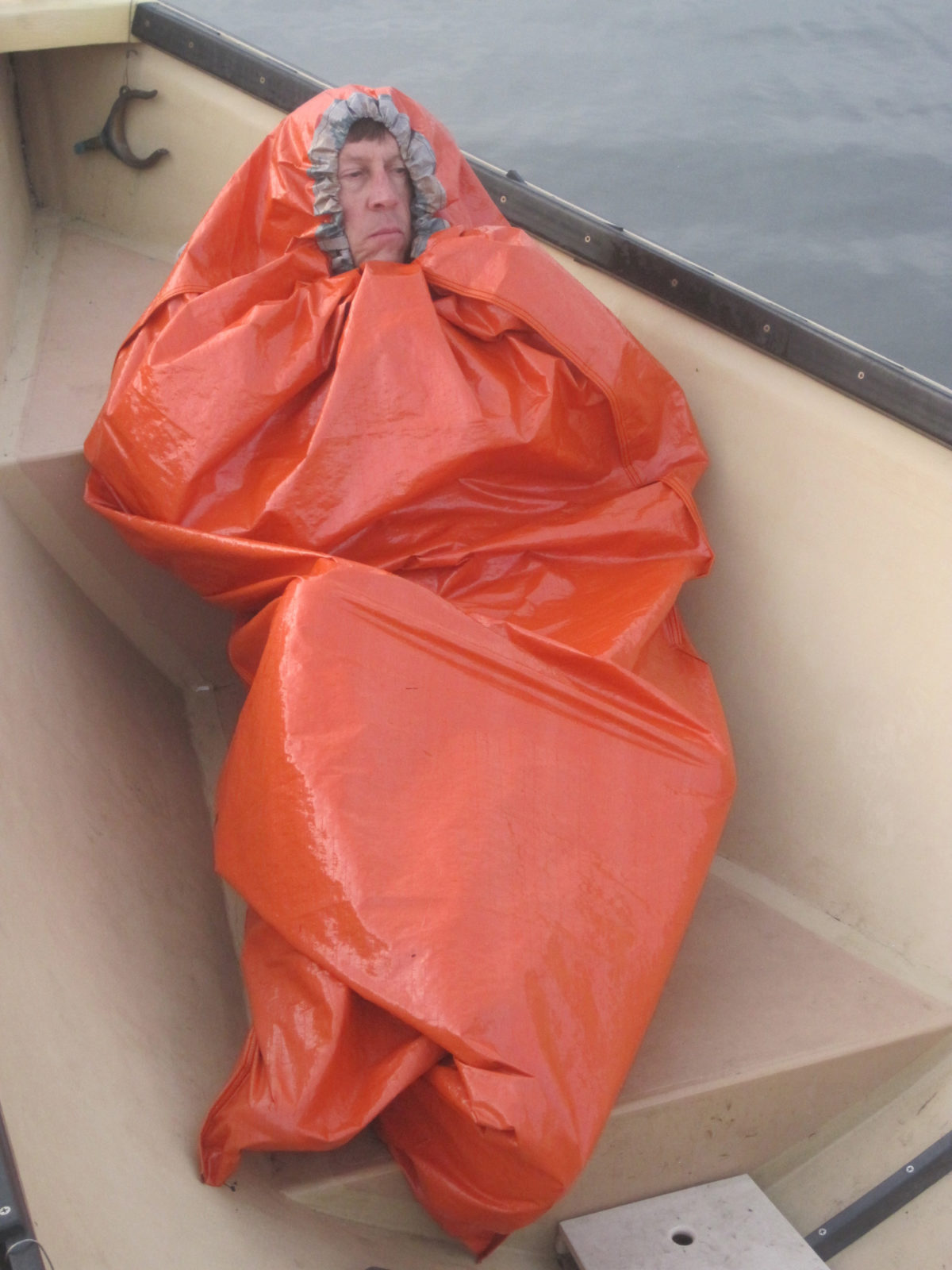
June 2015
Safety and versatility in a small package
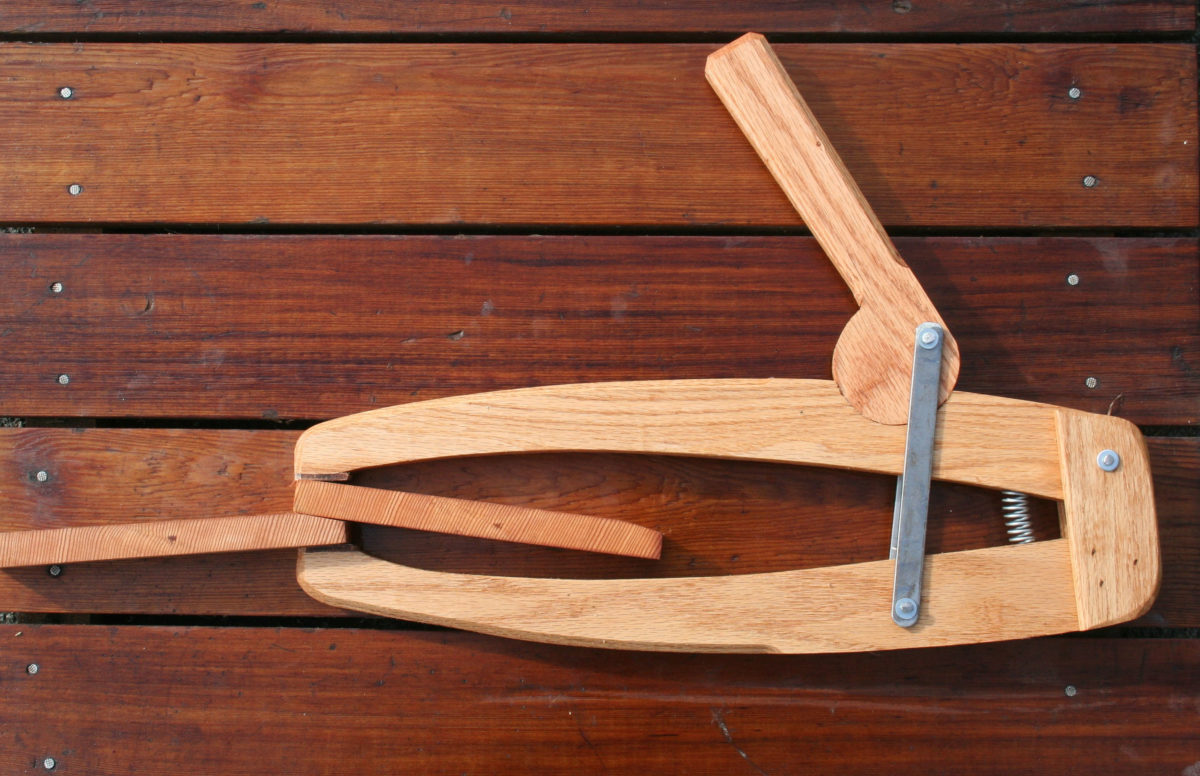
June 2015
Homemade planking clamps as good as a helping hand
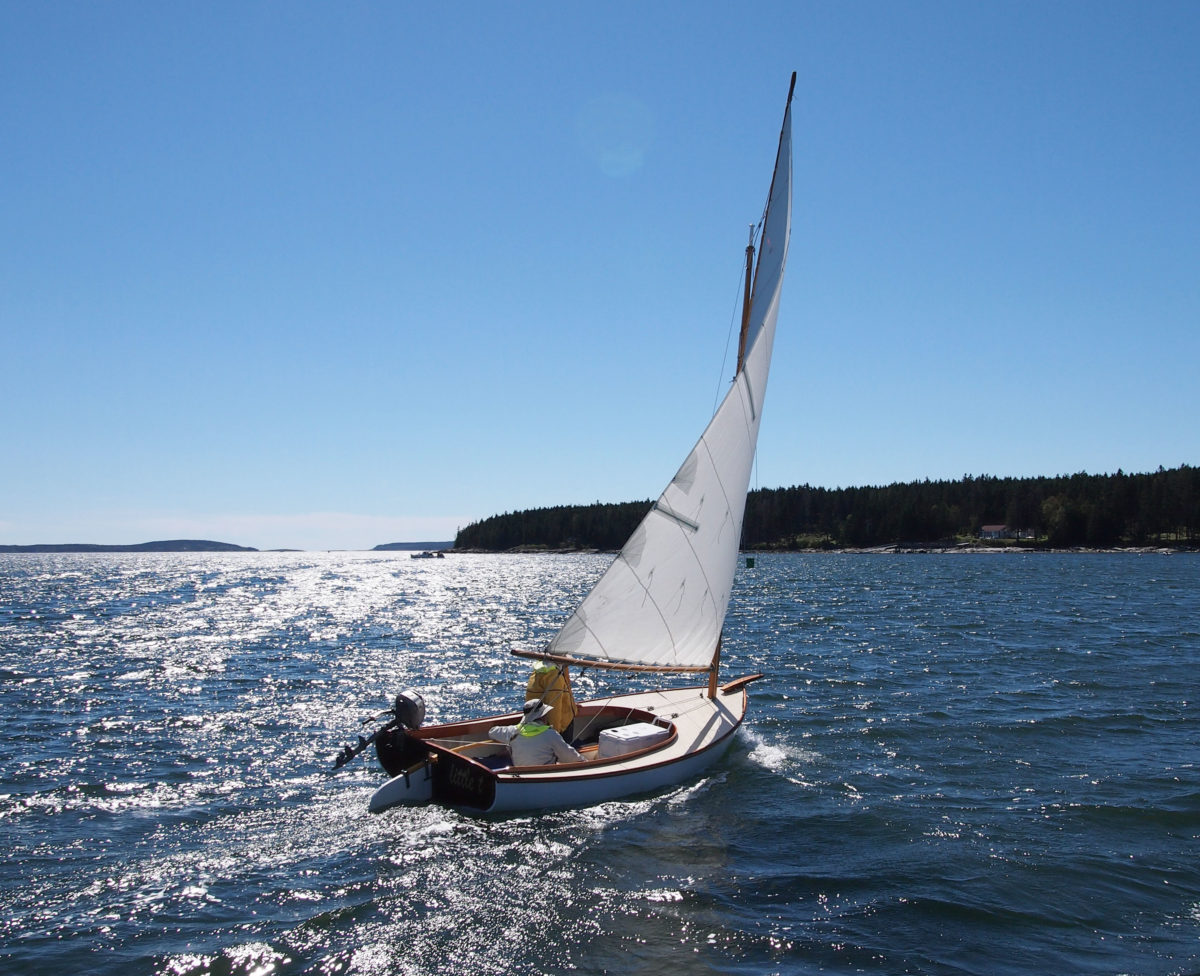
Small Boats Annual 2016June 2015
Everything from gunkholing to open-water sailing
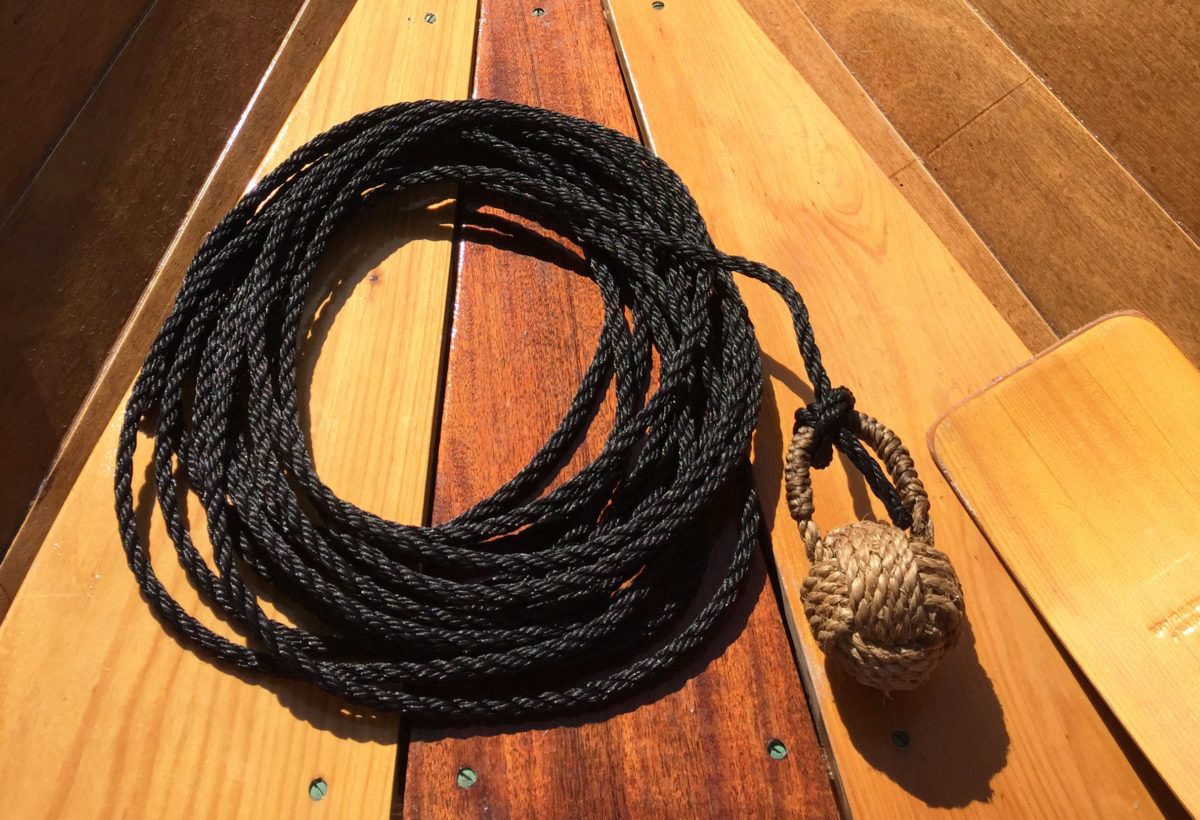
May 2015
Seperate and versatile
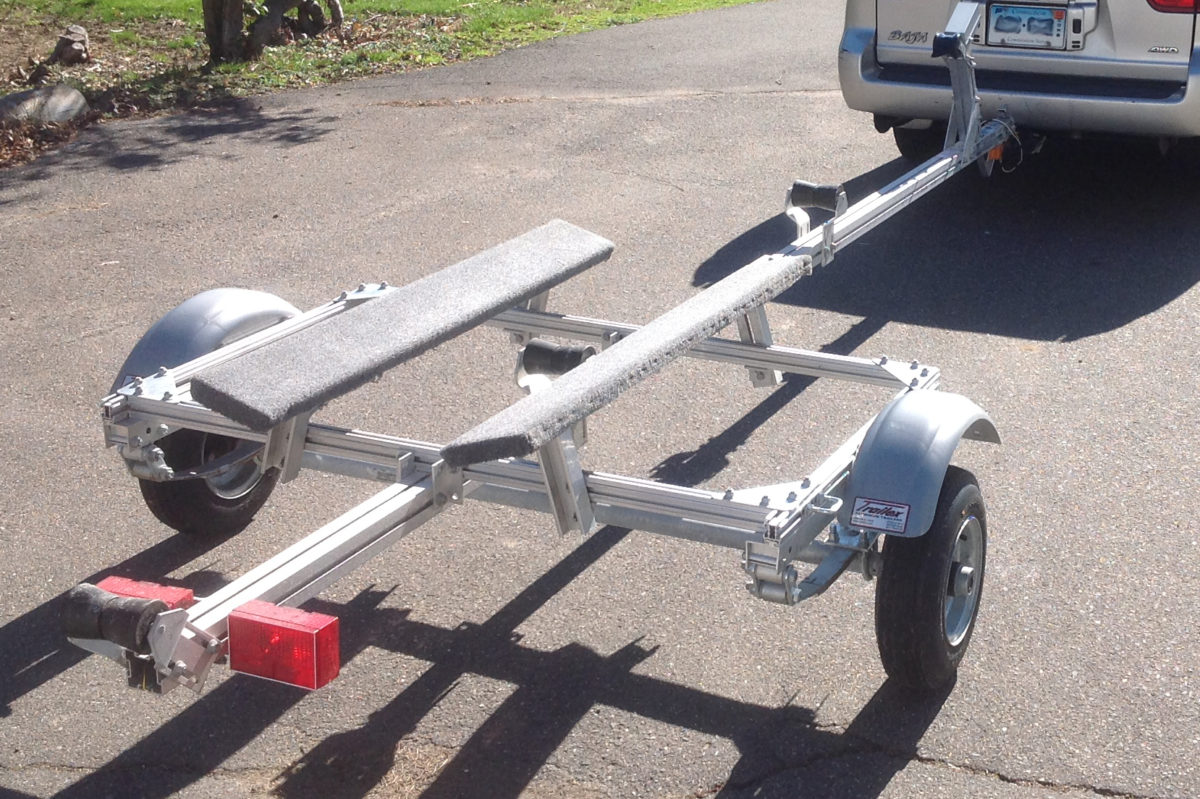
May 2015
Lightweight Aluminum Trailers

Small Boats Annual 2016May 2015
A Whitehall for quick construction
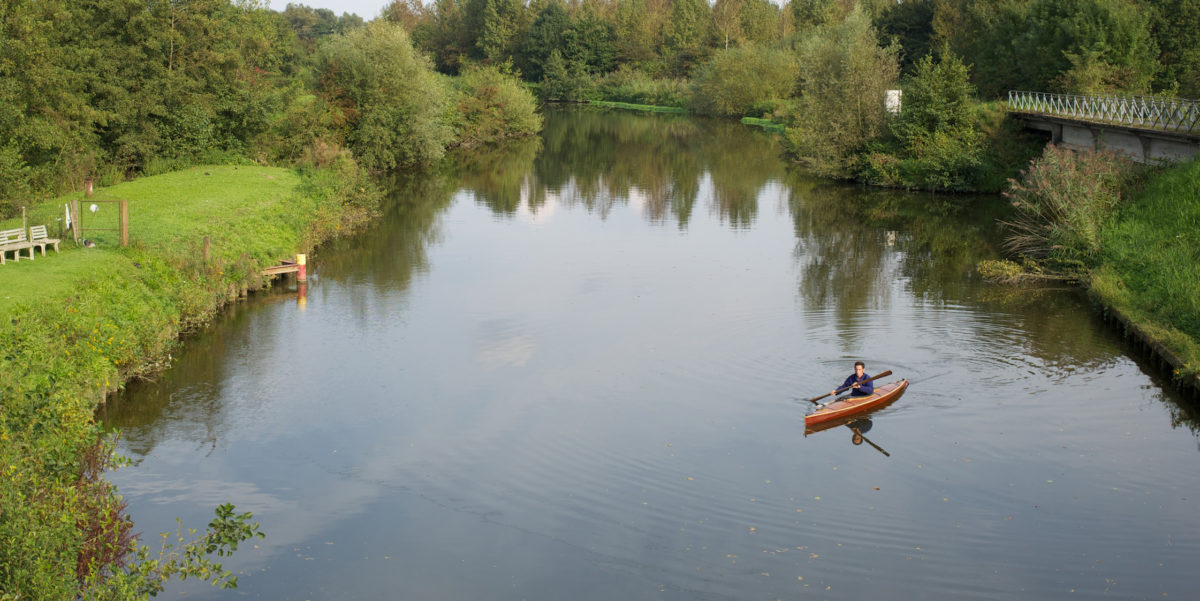
May 2015
The Rivers and Canals of Belgium and France
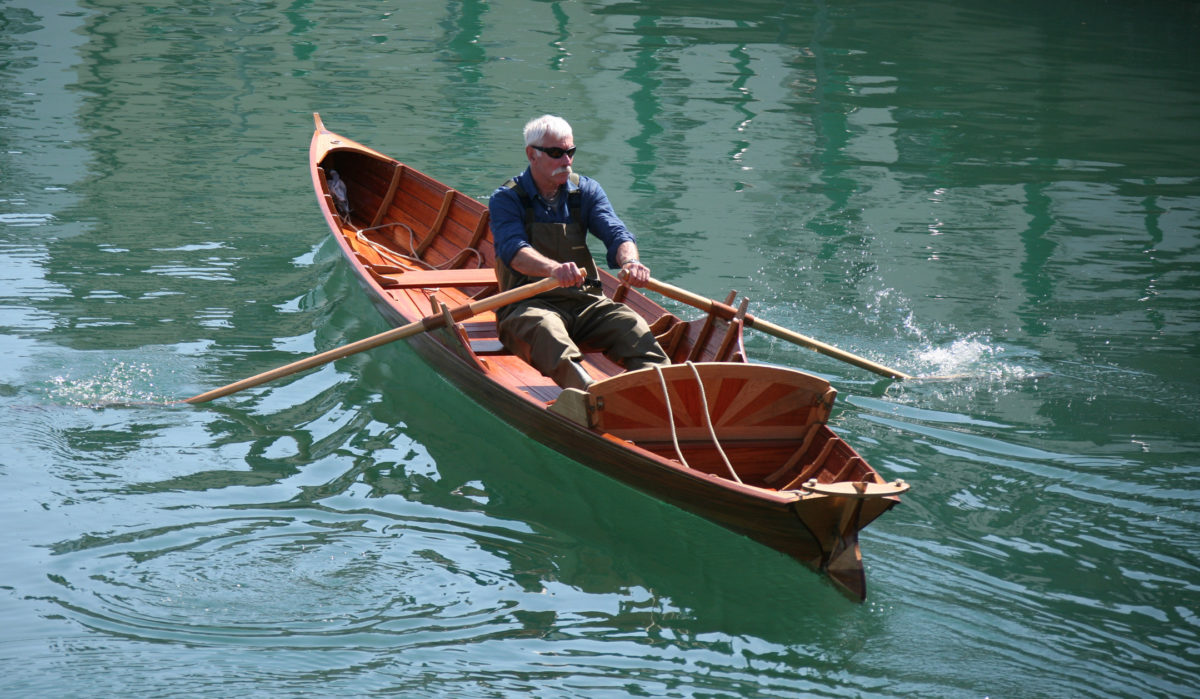
Small Boats Annual 2016May 2015
A Thames River Skiff
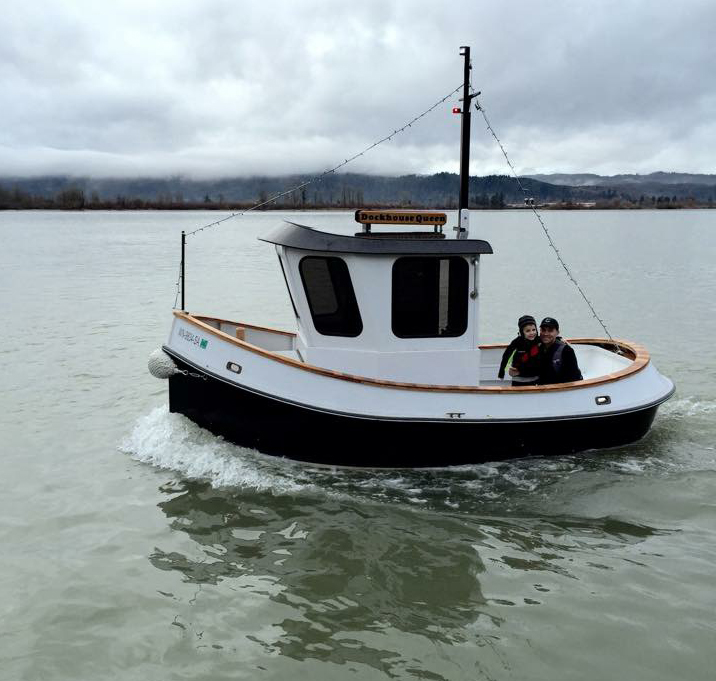
May 2015
A 16’ Electric Mini-Tug
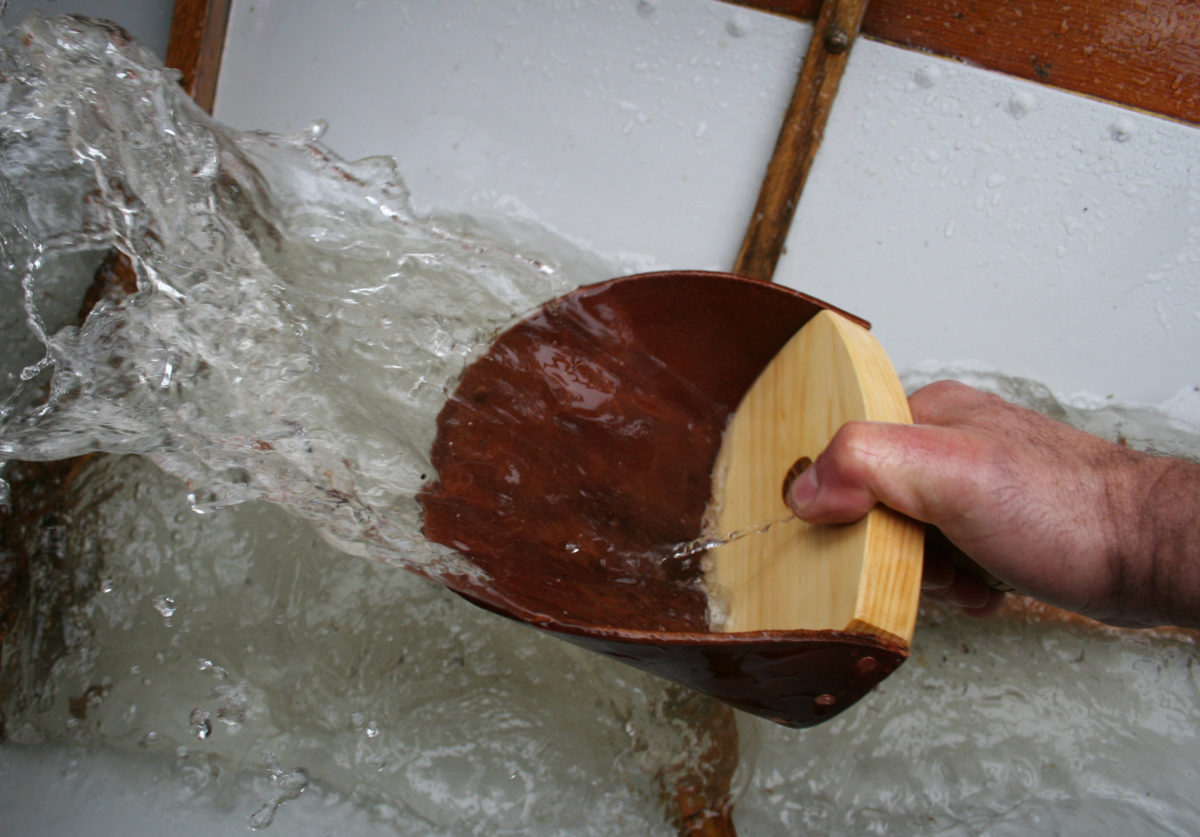
Small Boats Annual 2016May 2015
What a cut-up bleach bottle wishes it were
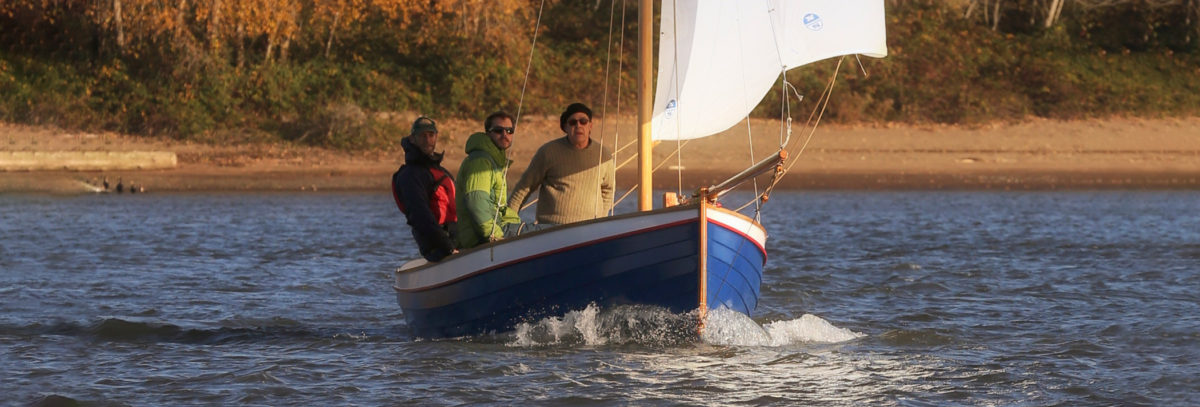
April 2015
Plywood, epoxy, and life lessons